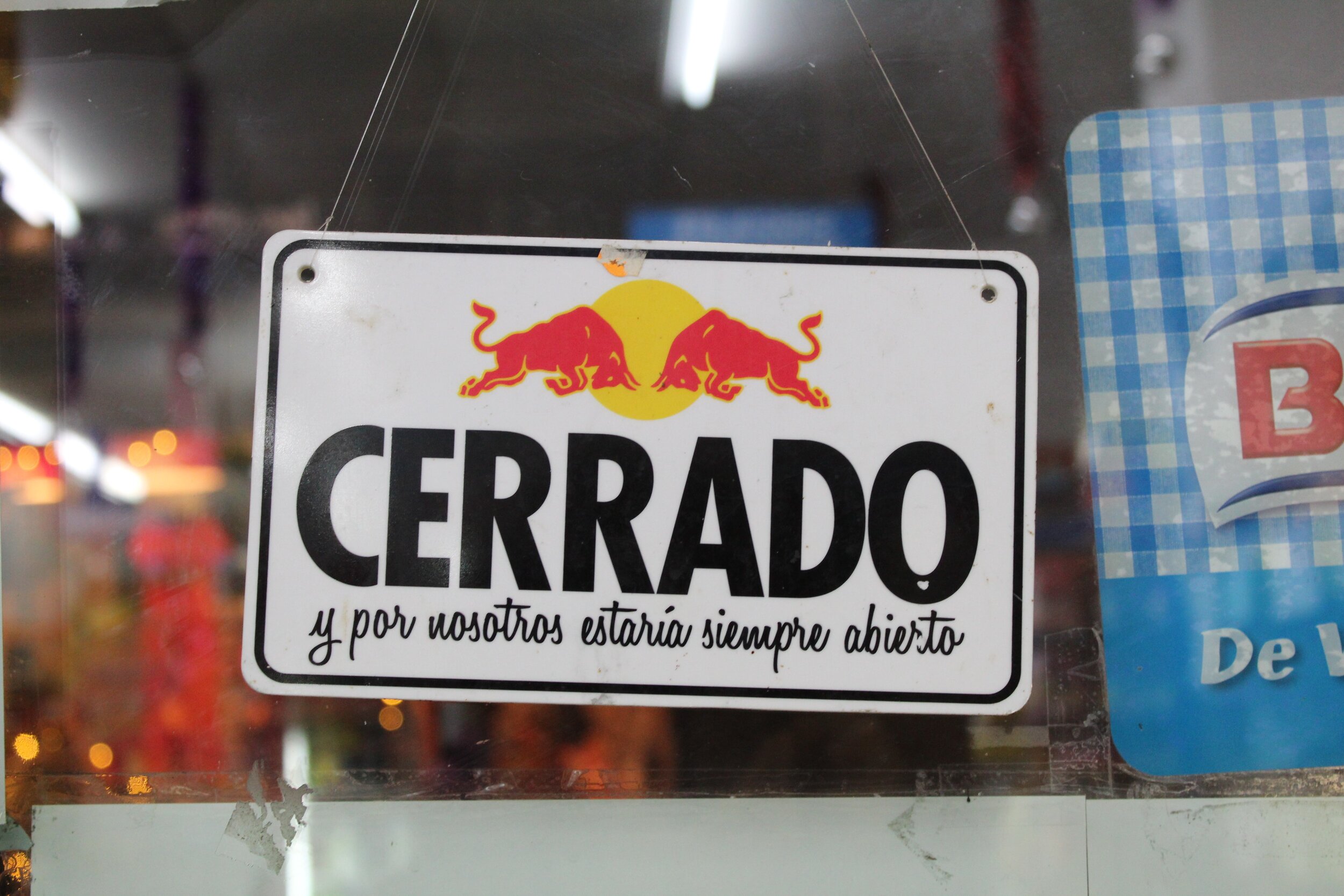Coping with Covid-19: playing the long-game
The spread of coronavirus across the world has had dramatic impacts on the wine sector, although to varying degrees depending on the country. Australia has recently seen the sweeping closures of restaurants and bars that has already occurred across much of Europe, however takeaway and home delivery are still authorised. Essential services are still open for business, and this includes off-premise/retail alcohol sales, which are actually experiencing a sales surge. This is combined with the relaxing of certain licencing laws to allow for the home delivery of cocktails and other beverages, helping to keep small bars semi open.
Given the timeline of Australia’s key buying and consumption periods, and shipping times to Australia, it is now more important than ever to think ahead and plan for market conditions in 9 to 12 months’ time. With some wine suppliers opting to close for weeks or for the foreseeable future, it’s an excellent time to make the most of reduced competition and be proactive. As much of Europe and the UK lockdown their citizens and prevent them from meeting entirely just as they head into summer, looking to export markets where peak consumption does not hit until later in the year is a great opportunity to maintaining long-term viability.
Many residents are restricted from leaving their homes unless for essential supplies or for work.
Consumer marketing: back to basics
In recent years, experiential marketing and activations have been some of the most successful channels for increasing consumer awareness, creating occasions for them to test product and grow your brand loyalty. Indeed as a business this is something we’ve been growing under the radar for some time. Naturally these are no longer appropriate with consumers unable to attend public gatherings and tastings, and this means a refocusing of both your marketing channels and content is required.
It’s time to go back to ‘marketing 101’, using traditional channels such as print (although for how long this is viable is it can not be purchased without home delivery) and digital consumer marketing which allows you to reach audiences at a distance. Messaging should also be focusing around everyday drinking occasions, or matching with meals (whether home-prepared or takeaway), to reflect how consumers are likely to be drinking over the next few months. As Australia moves towards colder temperatures in winter, this is appropriate messaging in any case with more at-home consumption. If you have smaller packaging sizes available for your product, this is also an opportunity to promote this. The Australian Dollar has also dropped significantly against the Euro (in fact all currencies), meaning your existing marketing budget will have increased value and will give you greater coverage in-market.
Rather than pushing for sales through a retailer where your brand is likely to get lost among the competition, now is a great time to use social and digital channels to drive your direct-to-consumer sales for home delivery through your website. Australians like to think that they take care of one another, and that businesses will also do their part when possible in helping the community. Adding messaging around how your brand is doing its part, whether that be keeping your staff in jobs, or donating a percentage of sales to a good cause, can increase sales in the short-term and add to brand’s value in the long-term, whilst of course doing tangible good.
Whilst non-essential travel for passengers has virtually ceased, goods still continue to flow in and out of Australia.
Trade marketing: long-term planning
The coronavirus has seen the cancellation of many of the principal wine shows including Prowein Dusseldorf, and the postponing of others such as Vinexpo Hong Kong. As Australian importers and buyers begin to move from the planning phase to the buying phase of the industry calendar, many of these shows will fall too late in the year to have an impact on decision-making. The buying period is an important time to maintain visibility and demonstrate your ability to be a long-term and stable supplier.
Given Australia’s concentration of key market players, there is scope for a targeted approach to these buyers, either through direct contact, through agents who are in market and through trade marketing. Whilst direct contact is most appropriate for those who are already in contract with the major importers, demonstrating USPs or significant value advantage is key for new-to-market producers but can be difficult to achieve. A local agent who is aware of importers’ current portfolios and therefore able to pitch product when and where appropriate can be an effective solution. For example, Australia’s own wine production took a significant hit for the 2020 vintage; the opportunity to promote your 2019 vintage (or new product to market) and demonstrate how they it can fill the void or offer value for an alcohol retailer could be highly lucrative, if conducted in the right manner. Trade media publications and their digital content can give extended reach, but for most buyers this is only really effective when combined with targeted sampling campaigns to get product into buyers’ hands.
Of course the world is literally changing on a daily basis at the moment, FX rates can mean significant price increases for exported wine but also offset other activities. Two things that will remain is a need to access high quality wines, and that the wine business is a slow business to be dynamic in, preparing now will put those who dare in an advantageous position when we come out of the Covid-19 tunnel. Let’s hope for all that is much sooner than later. Stay safe.



